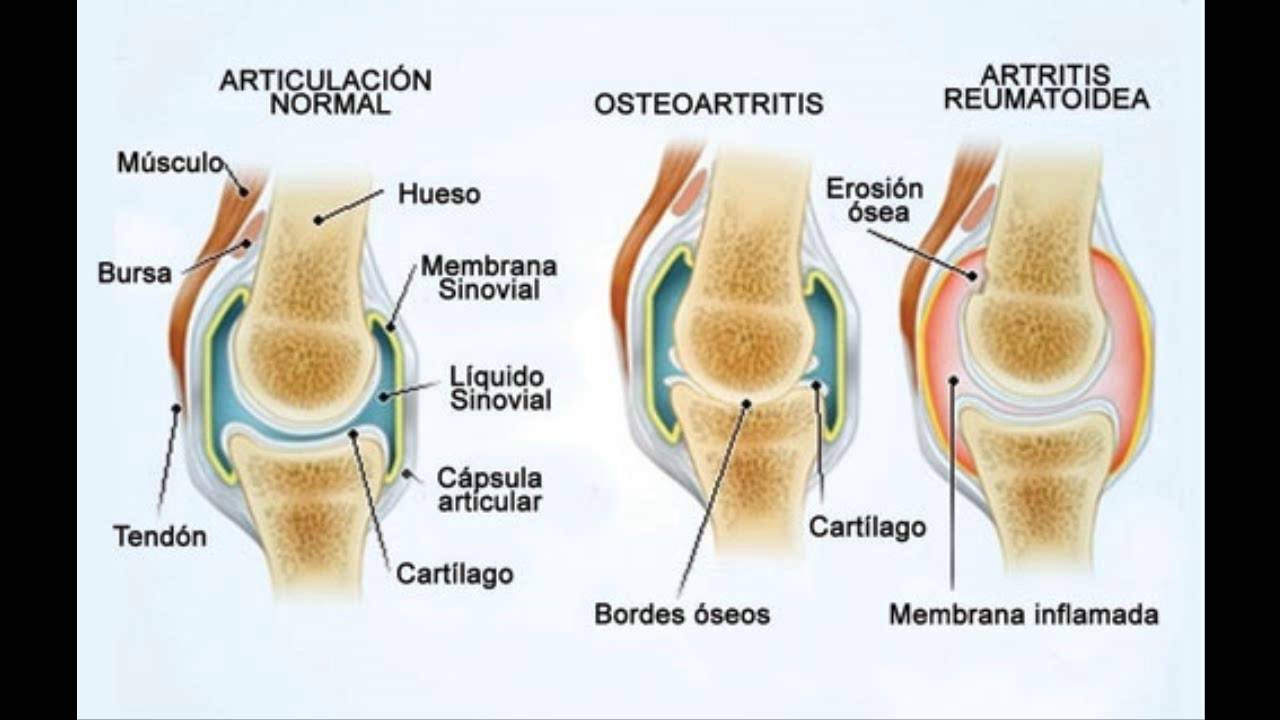Definition of Arthritis
Arthritis literally means joint inflammation, and it can affect joints in any part of the body. Joints are places in the body where two bones meet.
Many people use the term arthritis to refer to rheumatic diseases; however, the different kinds of arthritis comprise just a portion of the rheumatic diseases.
Arthritis is often a chronic disease, which means that it can affect you over a long period of time. Many forms of arthritis cause swelling, redness, heat, and pain. The 3 most common are:
- Osteoarthritis
- Rheumatoid Arthritis
- Gout
Osteoarthritis is the most common form of arthritis among older people.
Osteoarthritis occurs when cartilage, the tissue that cushions the ends of the bones within the joints, breaks down and wears away. In some cases, all of the cartilage may wear away, leaving bones that rub up against each other.
Symptoms range from stiffness and mild pain that comes and goes to severe joint pain. Osteoarthritis affects hands, low back, neck, and weight-bearing joints such as knees, hips, and feet.
Osteoarthritis is one of the most frequent causes of physical disability among older adults. The disease affects both men and women. Before age 45, osteoarthritis is more common in men than in women. After age 45, osteoarthritis is more common in women. By age 65, more than half of the population has x-ray evidence of osteoarthritis in at least one joint. Osteoarthritis affects only joints, not internal organs.
Causes and Risk Factors of Osteoarthritis
Researchers suspect that osteoarthritis is caused by a combination of factors in the body and the environment. The chance of developing osteoarthritis increases with age. By age 65, half of the population has x-ray evidence of osteoarthritis in at least one joint, most often in the hips, knees, or fingers.
Osteoarthritis often results from years of wear and tear on joints. This wear and tear mostly affects the cartilage, the tissue that cushions the ends of bones within the joint. Osteoarthritis occurs when the cartilage begins to fray, wear away, and decay. Putting too much stress on a joint that has been previously injured, improper alignment of joints, and excess weight all may lead to the development of osteoarthritis.
Treatment of Osteoarthritis
Current treatments for osteoarthritis can relieve symptoms such as pain and disability, but right now there is no cure for the disease. Exercise is one of the best treatments for osteoarthritis. It can improve mood and outlook, decrease pain, increase flexibility, and help you maintain a healthy weight. The amount and form of exercise will depend on which joints are involved, how stable the joint is, the amount of joint inflammation, and whether a joint replacement has already been done.
Ask your doctor, rheumatologist or physical therapist what exercises are best for you.
For temporary pain relief from osteoarthritis, you can use warm towels, hot packs, or a warm bath or shower. Cold packs are often used to reduce the inflammation of swollen joints.
Clinical trials have shown that glucosamine and chondroitin sulfate may have some usefulness in relieving symptoms of osteoarthritis. However, definitive answers about the effectiveness of glucosamine and chondroitin sulfate are not yet available.
Source: National Institute of Arthritis and Musculoskeletal and Skin Diseases
- A Look At Arthritis: America’s Leading Cause of Disability
by: Larry Denton
